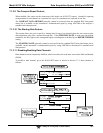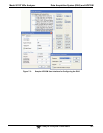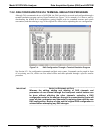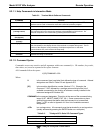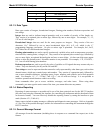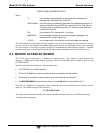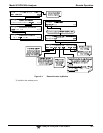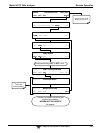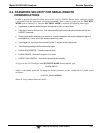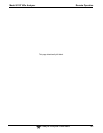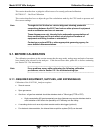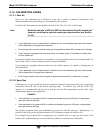
Model 9110T NOx Analyzer Remote Operation
Teledyne Analytical Instruments 188
X DDD:HH:MM [Id] MESSAGE<CRLF>
Where:
X is a command type designator, a single character indicating the
message type, as shown in the Table 8-2.
DDD:HH:MM is the time stamp, the date and time when the message was issued. It
consists of the Day-of-year (DDD) as a number from 1 to 366, the hour
of the day (HH) as a number from 00 to 23, and the minute (MM) as a
number from 00 to 59.
[ID] is the analyzer ID, a number with 1 to 4 digits.
MESSAGE is the message content that may contain warning messages, test
measurements, variable values, etc.
<CRLF> is a carriage return / line feed pair, which terminates the message.
The uniform nature of the output messages makes it easy for a host computer to parse them into an easy
structure. Keep in mind that the front panel display does not give any information on the time a message
was issued, hence it is useful to log such messages for troubleshooting and reference purposes. Terminal
emulation programs such as HyperTerminal can capture these messages to text files for later review.
8.3. REMOTE ACCESS BY MODEM
The 9110T can be connected to a modem for remote access. This requires a cable between the
analyzer’s COMM port and the modem, typically a DB-9F to DB-25M cable (available from TAI with
P/N WR0000024).
Once the cable has been connected, check to ensure that:
The DTE-DCE is in the DCE position.
The 9110T COMM port is set for a baud rate that is compatible with the modem,
The Modem is designed to operate with an 8-bit word length with one stop bit.
The MODEM ENABLE communication mode is turned ON (Mode 64, see Section 6.2.1).
Once this is completed, the appropriate setup command line for your modem can be entered into the
analyzer. The default setting for this feature is:
AT Y0 D0 H0 I0 S0=0
This string can be altered to match your modem’s initialization and can be up to 100 characters long.
To change this setting press:



